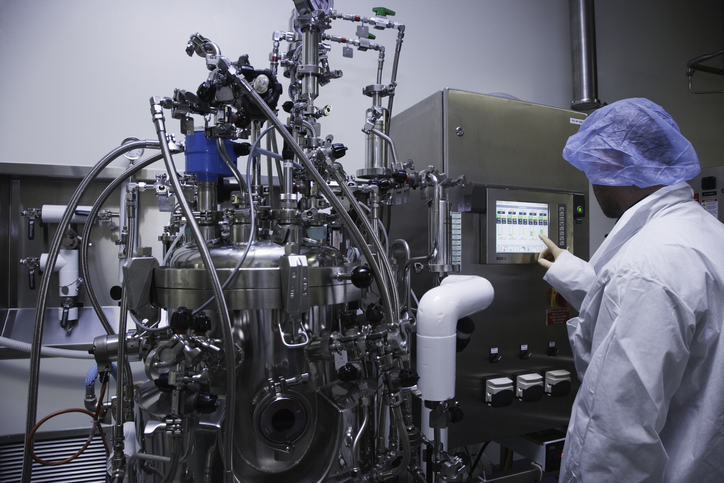Efficiency might be the best single-word description of the goal of Bioprocessing 4.0. Nonetheless, many changes can improve the efficiency of any bioprocess. For example, Jorge Santoyo-Garcia, a bioengineering PhD candidate at the University of Edinburgh, and his colleagues wrote: “In situ product recovery is an efficient way to intensify bioprocesses as it can perform adsorption of the desired natural products in the cultivation.” Improving that adsorption would increase the efficiency of producing a product.
Santoyo-Garcia and his colleagues point out that most in situ bioprocessing relies on a single adsorbent. So, these scientists tested a combination of three commercially available resins: HP-20, XAD7HP, and HP-2MG. As the researchers stated, they “set out to assess different resins +with polar, non-polar and aliphatic adsorption ranges,” with a goal of removing more cell waste and capturing more product.
First, the scientists needed a bioprocess to test with the combination of resins. So, they used CRISPR Cas9 to engineer a strain of yeast (Saccharomyces cerevisiae) that expressed oxygenated acetylated taxanes, which the authors noted are “precursors of the anticancer drug Taxol® (paclitaxel).”
Next, the research team used microscale cultivations to see which combinations of resins captured the most taxanes. “The best T5α-yl Acetate yield obtained was up to 95 ± 4 mg/L, the highest titer of this compound ever reported by a heterologous expression,” according to Santoyo-Garcia and his colleagues. “It was also observed that by using a combination of the resins in the cultivation, eight additional uncharacterized taxanes were found in the gas chromatograms compared to the dodecane overlay method.”
In addition to capturing more product, the trio of resins reduced unwanted material. As the scientists pointed out: “The cell-waste reactive oxygen species concentrations from the yeast were 1.5-fold lower in the resin’s treatment compared to the control with no adsorbent aid.”
These findings could lead to improved efficiency in a range of bioprocesses. “The possible future implications of this method could be critical for bioprocess intensification, allowing the transition to a semi-continuous flow bioprocess,” Santoyo-Garcia and his colleagues concluded. “Further, this new methodology broadens the use of different organisms for natural product synthesis/discovery benefiting from clear bioprocess intensification advantages.”


